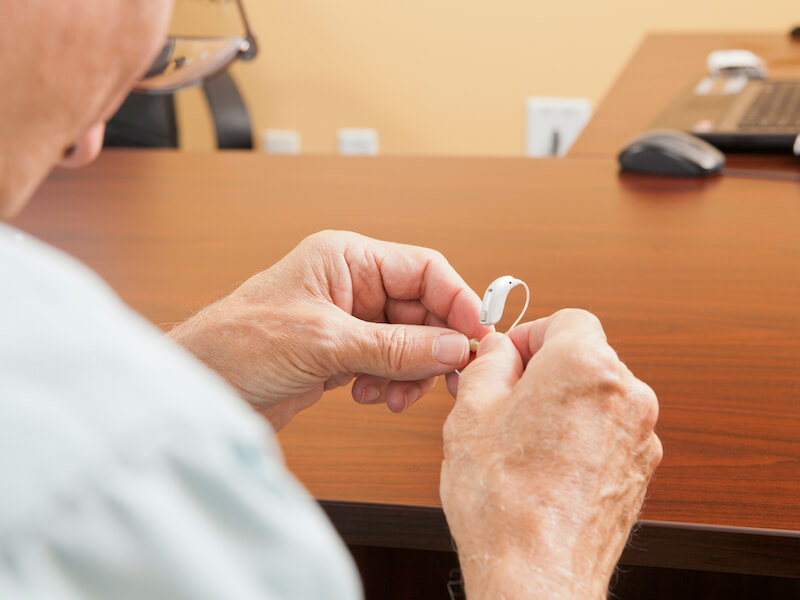
You take good care of your hearing aids. When you go to bed, you always put them snuggly on the charger and you clean them daily.
Suddenly and distressingly, your hearing aids aren’t working the way they used to. Fortunately, there are some steps you can take to diagnose the problem. Not doing any further damage is your top priority so you won’t need to replace them.
Troubleshooting your hearing aid
Naturally, when you first got your nice new hearing aids, you made a point of putting the owner’s manual in a safe place. Hopefully, you did so that you can consult with your owner’s manual to undertake maintenance and troubleshooting. Every model of hearing aid can be somewhat different so it’s essential to follow the manual’s recommendations.
On most models there are some other things you can check, here are a few:
- Keep your microphone clear: Check your hearing aid to find out if anything is obstructing the microphone. An obstructed microphone can cause feedback or can cause your hearing aids to sound broken or quiet.
- Check your battery: You’ll still want to assess the battery power even if you had your hearing aids charging at night. It might be a good plan to check if you might need new batteries or if the old ones are properly inserted, especially if your batteries are replaceable.
- Look for noticeable damage: Does your hearing aid have any noticeable loose components or cracks in its shell? Cracks, obviously, could indicate more extensive damage (or let in moisture).
- Wax buildup: Perform a visual check of your hearing aid to make sure that there is no wax buildup interfering with standard operation. Even if you undertake routine cleaning, sometimes wax can accumulate quickly, so it’s worth ticking this off your list.
Once again you can find out how to address each of these issues by consulting your owner’s manual. Self-maintenance is sometimes possible.
How will I know when my hearing aid needs repair?
Your hearing aid will probably have to be professionally repaired if you do routine upkeep and it still malfunctions. That may not always sound appealing, after all, you rely on your hearing aid for day-to-day communication (along with dinners with your family, staying up to date with your favorite Netflix series, and so on).
It’s certainly worth taking note that “repair” doesn’t necessarily translate into “send your hearing aids in for service and wait several weeks”. In some instances, we can repair your hearing aid in office while you wait.
Or, depending on the level of the damage, you could get your hearing aids back in a few hours.
There are still some cases where such fast repair is not possible. A backup pair of hearing aids might be necessary in these cases. Perhaps you have an old pair that will do temporarily in a pinch. We may even be able to let you borrow a pair while you are waiting.
Get help with your hearing aids without delay
It’s essential to have your hearing aid assessed and repaired if you start to notice the audio quality is starting to falter.
You’ll want to avoid any downtime. Your mental health and your overall health can be impacted by untreated hearing loss. And it becomes all too easy to leave your hearing aids laying in a drawer somewhere while your hearing continues to diminish.
The best way to keep your hearing working properly is to keep those hearing aids working. And the ideal way to do that is to keep them clean, keep them charged, and, when needed, take your hearing aids to get some professional repair.
